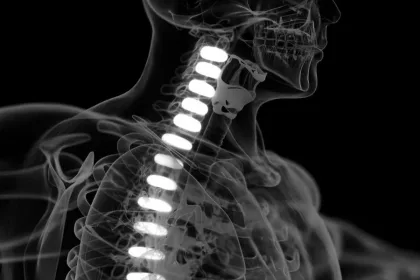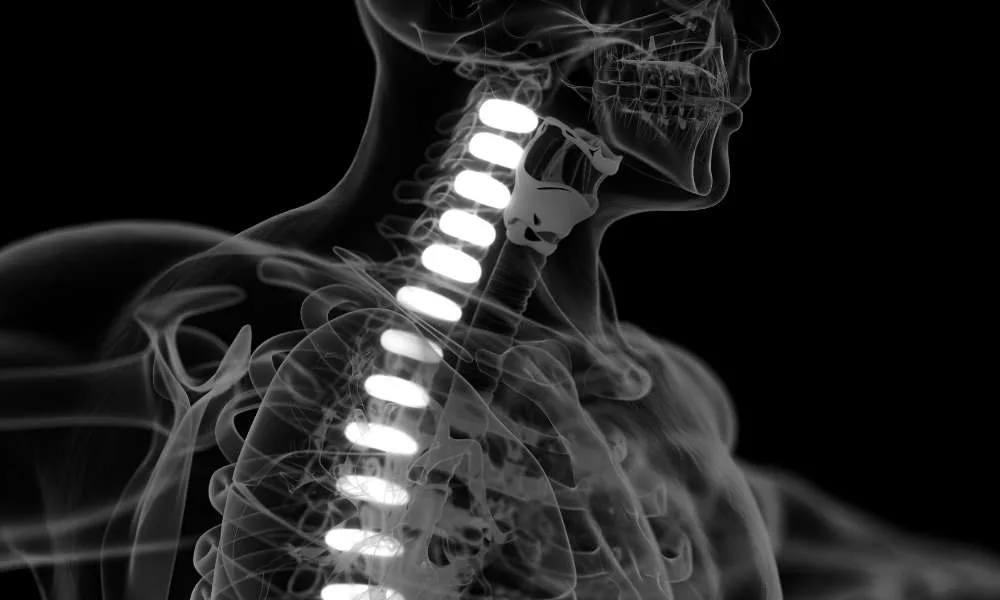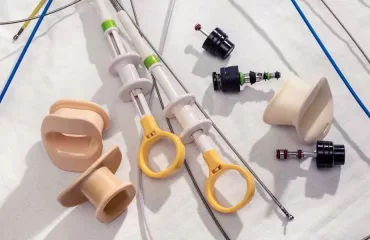

Diagnosing syringomyelia can be challenging as the symptoms often mimic other conditions. A combination of medical history, physical examination, and imaging tests is typically required for accurate diagnosis.
Medical History
A detailed medical history is essential. Healthcare providers will inquire about the onset and progression of symptoms, including pain, weakness, numbness, and balance issues. Information about any previous injuries, surgeries, or family history of spinal conditions is also valuable.
Physical Examination
A thorough physical examination involves assessing reflexes, muscle strength, sensation, and coordination. Doctors may perform specific tests to evaluate spinal cord function.
Imaging Tests
Imaging studies are crucial for diagnosing syringomyelia. The most common tests include:
- Magnetic Resonance Imaging (MRI): MRI provides detailed images of the spinal cord and surrounding tissues, allowing for clear visualization of the syrinx.
- Computed Tomography (CT) Scan: While less common than MRI, CT scans can be used to assess bone abnormalities related to syringomyelia.
- Myelogram: This involves injecting dye into the spinal canal to visualize the spinal cord on X-ray.
In some cases, additional tests such as electromyography (EMG) or nerve conduction studies may be necessary to evaluate nerve function.
Early diagnosis is crucial for effective management of syringomyelia. If you experience symptoms suggestive of this condition, it’s important to consult with a healthcare professional for proper evaluation.



